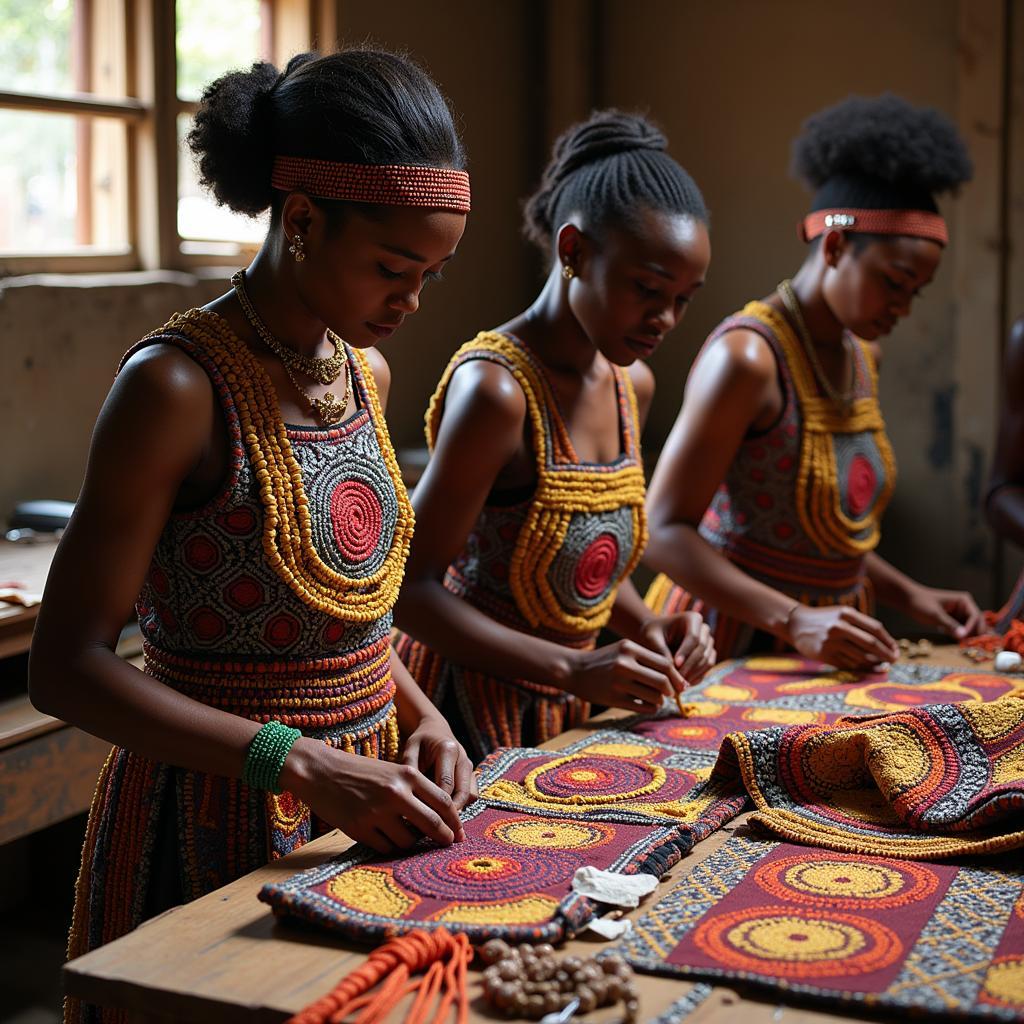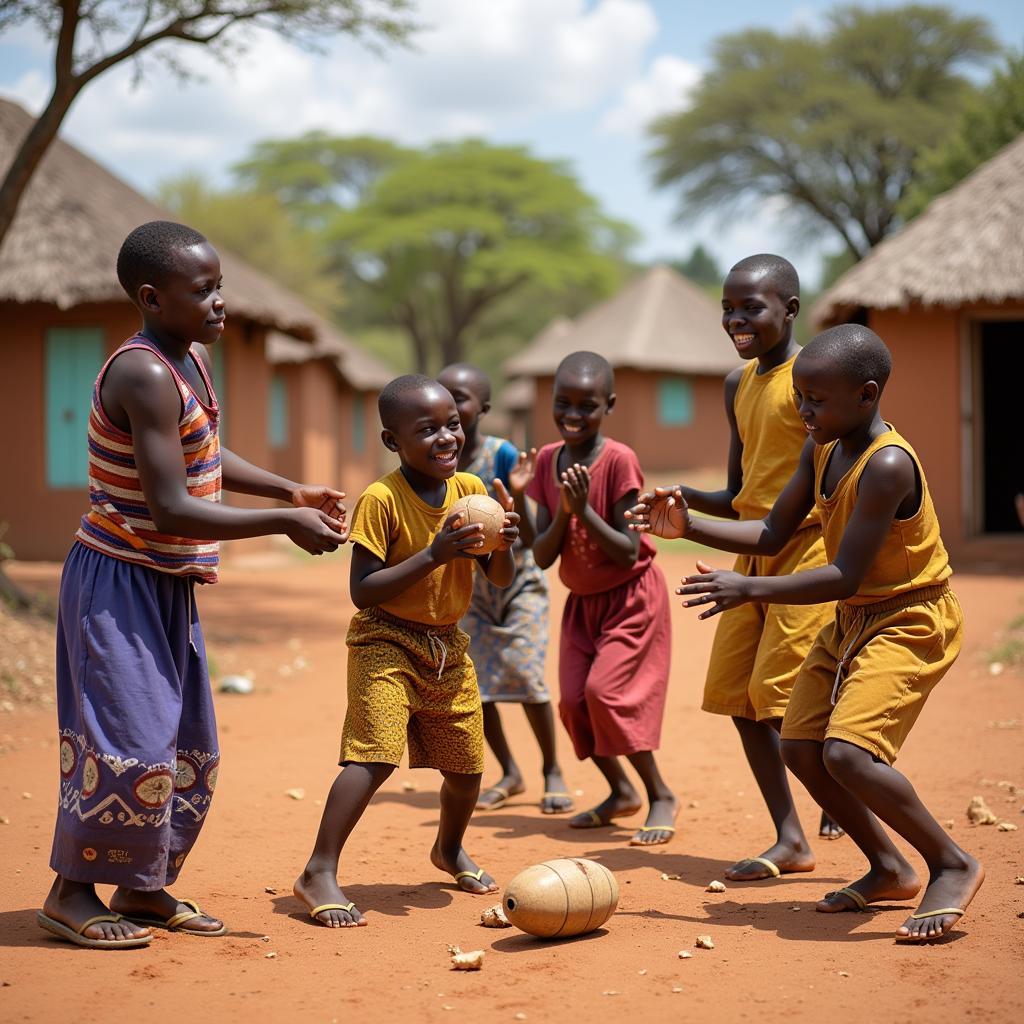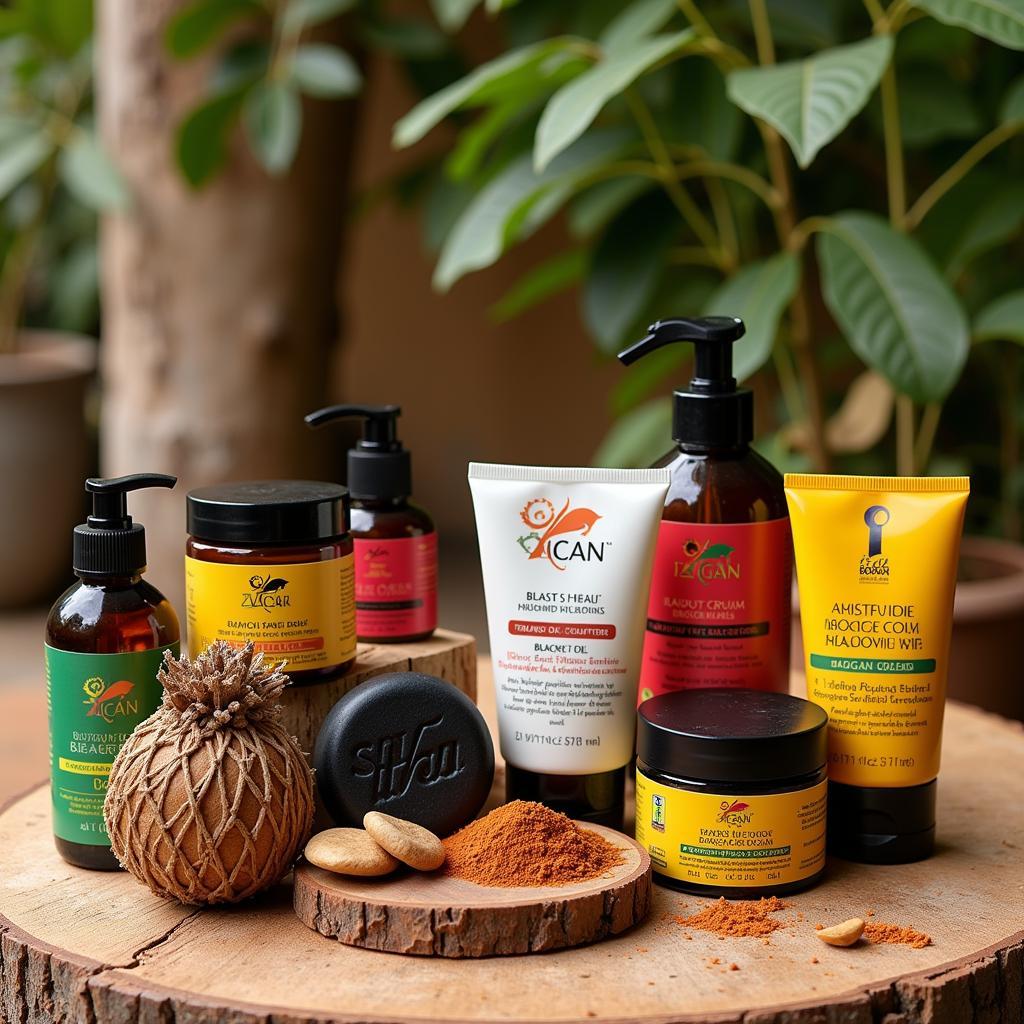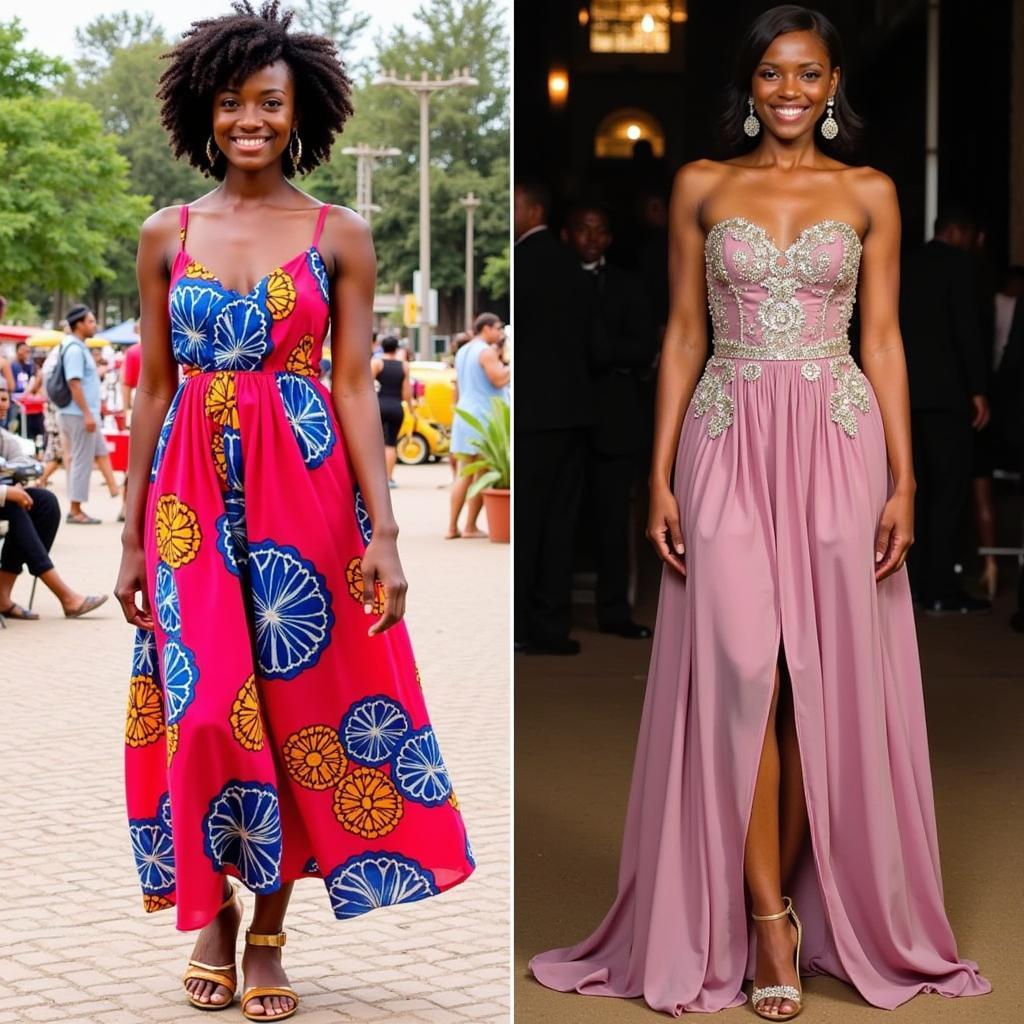African King Costume: A Journey Through Royal Attire
African King Costumes are more than just clothing; they’re a powerful symbol of history, tradition, and leadership. From the intricate beadwork of the Zulu king to the vibrant kente cloth of Ghanaian royalty, each costume tells a story of a rich and diverse cultural heritage. Let’s explore the fascinating world of African king costumes and uncover their hidden meanings.
If you’re interested in learning more about the diverse world of African culture, check out the vibrant celebrations at the African Carnival Edmonton.
The artistry and symbolism woven into these royal garments provide a glimpse into the complex social and political structures of various African kingdoms. These costumes aren’t merely ceremonial; they embody the very essence of kingship. They represent power, authority, and the connection between the ruler and the spiritual realm. Materials, colors, and embellishments all carry specific meanings, reflecting the king’s status, lineage, and the values of his people.
Exploring the Majesty of African King Costumes
Across the vast continent of Africa, royal attire varies significantly, reflecting the unique traditions and beliefs of each kingdom. From North Africa’s flowing robes to West Africa’s elaborate headdresses, each costume offers a fascinating insight into the region’s history.
The Symbolism Behind the Splendor
Every element of an African king costume is carefully chosen and imbued with symbolic meaning. Gold, often representing wealth and power, is frequently incorporated into the regalia. Animal skins, such as lion or leopard, can symbolize strength and bravery. Intricate beadwork, often depicting ancestral stories or important events, adds another layer of significance.
The use of specific colors also plays a crucial role. For example, in some cultures, red represents royalty and power, while white symbolizes purity and spirituality. The specific combination of colors and patterns can often be traced back to a particular clan or lineage, further emphasizing the king’s ancestry and legitimacy.
Did you know that many African dances also incorporate symbolic movements and costumes? You can find some amazing examples on African dance moves YouTube.
Crafting a King’s Attire: Materials and Techniques
The creation of an African king costume is a meticulous process, often involving skilled artisans who have passed down their knowledge through generations. Traditional weaving techniques are used to create elaborate textiles, such as kente cloth, known for its vibrant colors and intricate patterns. Beadwork, often done by women, requires immense patience and skill, with tiny beads meticulously sewn onto the fabric to create complex designs.
From Raw Materials to Royal Regalia
The materials used in creating these costumes are often sourced locally, further connecting the king to his land and people. Everything from feathers and shells to precious stones and metals can be incorporated into the regalia, reflecting the natural resources and artistic traditions of the region.
 The Creation Process of an African King Costume
The Creation Process of an African King Costume
Have you ever witnessed the powerful performance of African Heart State Theatre? It’s a testament to the richness and depth of African storytelling.
African King Costumes in the Modern Era
While traditional African king costumes are still worn for important ceremonies and cultural events, they have also found their way into contemporary fashion and art. Designers are drawing inspiration from these historical garments, incorporating elements of traditional design into modern clothing and accessories. This renewed interest in African king costumes helps to keep these ancient traditions alive and introduce them to a wider audience.
For more inspiration on African costumes, explore the diverse options available for African jungle dance costumes.
In conclusion, African king costumes are a testament to the rich cultural heritage of the continent. These garments are more than just clothing; they are powerful symbols of history, tradition, and leadership. From the intricate beadwork to the vibrant colors, each element tells a story, connecting the past to the present and preserving the legacy of African kingship. Exploring the world of African king costumes offers a fascinating glimpse into the diverse cultures and traditions of this remarkable continent.
FAQ
- What materials are commonly used in African king costumes? Materials vary but often include animal skins, precious metals, beads, feathers, and locally sourced textiles.
- What is the significance of the colors used in these costumes? Colors hold symbolic meaning, often representing royalty, power, purity, or specific clans.
- Who makes African king costumes? Skilled artisans, often with generations of knowledge, meticulously craft these garments.
- Are these costumes still worn today? Yes, they are worn for important ceremonies and cultural events, and also inspire contemporary fashion.
- Where can I learn more about African culture? You can explore resources like Omenka Magazine, which features articles like this one on an African guy singing Hindi song.
If you need assistance, please contact us via Phone: +255768904061, Email: kaka.mag@gmail.com or visit us at Mbarali DC Mawindi, Kangaga, Tanzania. We have a 24/7 customer service team.


